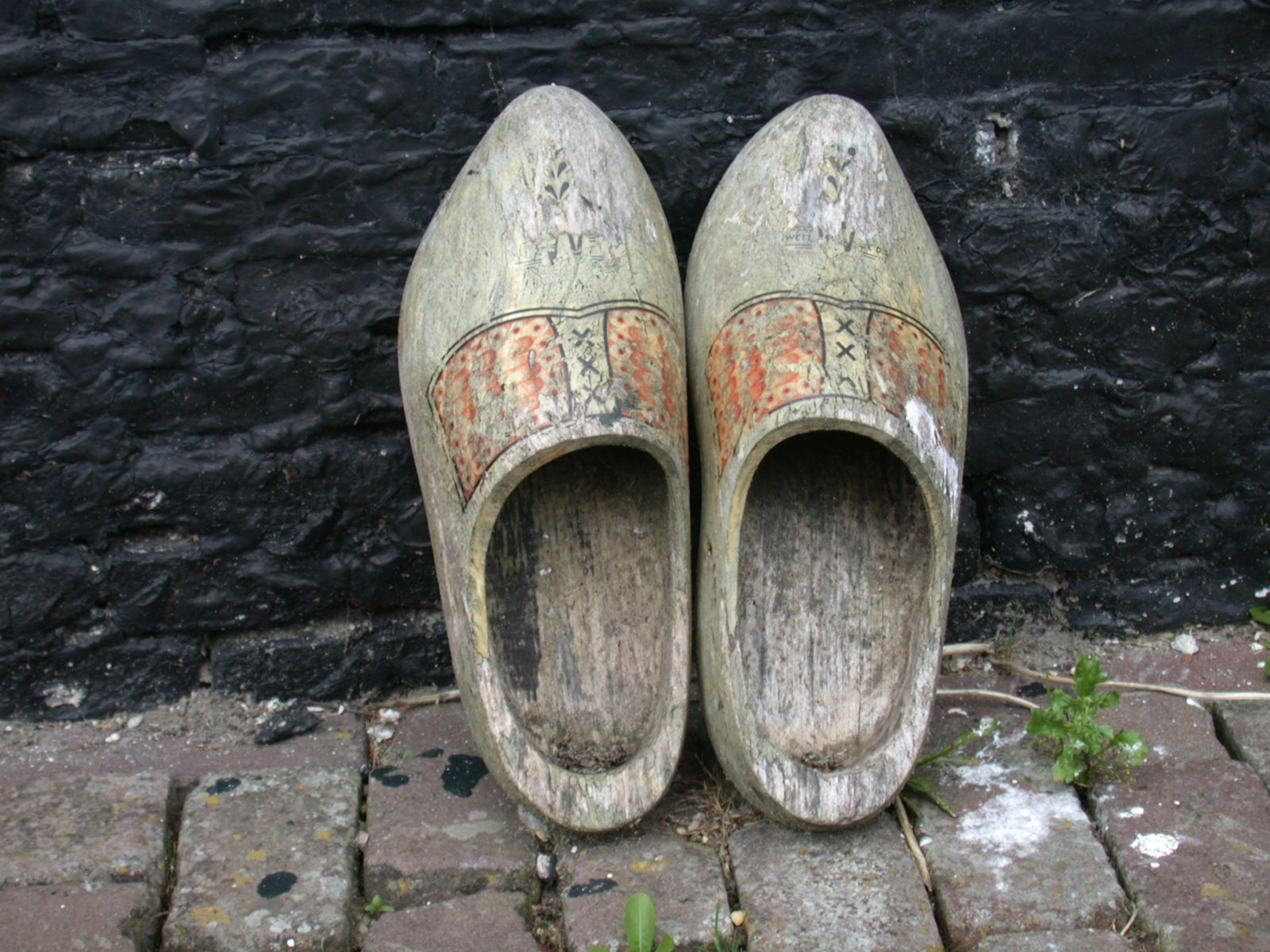
Introduction
In recent years, replica shoes have surged in popularity, capturing the attention of fashion enthusiasts and sneakerheads alike. These imitation footwear pieces offer a way for individuals to enjoy high-end styles without click through the up coming webpage hefty price tag. However, this trend raises important questions about ethics, quality, and the implications for the fashion industry.
What Are Replica Shoes?
Replica shoes are designed to closely resemble popular branded footwear, often imitating the style, colorway, and even branding of the original designs. They are typically produced by third-party manufacturers and are sold at a fraction of the cost of authentic pairs.
Key Features of Replica Shoes:
- Affordability: Generally priced between 20-70% less than the original.
- Variety: Available in numerous styles, including limited editions and collaborations.
- Quality: Varies widely, from high-quality replicas that are hard to distinguish from originals to lower-quality imitations.
The Appeal of Replica Shoes
The allure of replica shoes can be attributed to several factors:
- Cost-Effectiveness: With designer sneakers often costing hundreds or even thousands of dollars, replicas provide a budget-friendly alternative.
- Access to Trends: Fashion trends come and go quickly, and replicas allow consumers to stay stylish without breaking the bank.
- Social Status: Many wearers feel that owning popular styles enhances their social standing, regardless of authenticity.
The Market Dynamics
The market for replica shoes is complex and multifaceted. Here are some trends and statistics:
| Market Aspect | Details |
|---|---|
| Growth Rate | The replica shoe market has grown by approximately 20% annually. |
| Target Demographic | Predominantly young adults aged 18-30. |
| Popular Brands | Nike, Adidas, and Yeezy are among the most replicated. |
Ethical Considerations
While the appeal of replica shoes is strong, ethical concerns surround their production and sale:
- Intellectual Property: Brands invest significant resources in design and marketing, and replicas infringe on these rights.
- Labor Practices: Many replicas are produced in factories with questionable labor practices, raising concerns about worker exploitation.
- Environmental Impact: The fast fashion model associated with replicas contributes to waste and environmental degradation.
Quality vs. Authenticity
When considering replica shoes, consumers often weigh quality against authenticity. Here’s a breakdown:
| Aspect | Authentic Shoes | Replica Shoes |
|---|---|---|
| Quality | High-quality materials, rigorous testing | Varies; some high-quality, others poor |
| Durability | Long-lasting, designed for performance | Often less durable, may wear out faster |
| Resale Value | Retains value over time | Typically no resale value |
How to Spot Quality Replicas
For those considering purchasing replica shoes, knowing how to identify quality replicas can enhance the experience:

- Material Check: Look for high-quality materials that mimic the originals.
- Stitching: Inspect the stitching; authentic shoes have precise and even stitching.
- Branding: Examine logos and branding for accuracy in placement and design.
- Weight: Authentic shoes often feel sturdier; replicas may feel lighter due to cheaper materials.
The Future of Replica Shoes
As the fashion landscape continues to evolve, the future of replica shoes remains uncertain. Potential developments include:
- Increased Regulation: Governments may impose stricter regulations on the production and sale of replicas.
- Consumer Awareness: As ethical consumption grows, more consumers may choose to invest in authentic products.
- Innovative Designs: Brands may respond to the replica market by creating more accessible lines or limited editions.
Conclusion
The rise of replica shoes reflects broader trends in consumer behavior, fashion accessibility, and ethical considerations. While they provide an affordable way to enjoy high-end styles, the implications for intellectual property and labor practices cannot be ignored. As the market continues to evolve, consumers must navigate the fine line between style, quality, and ethics in their footwear choices.






